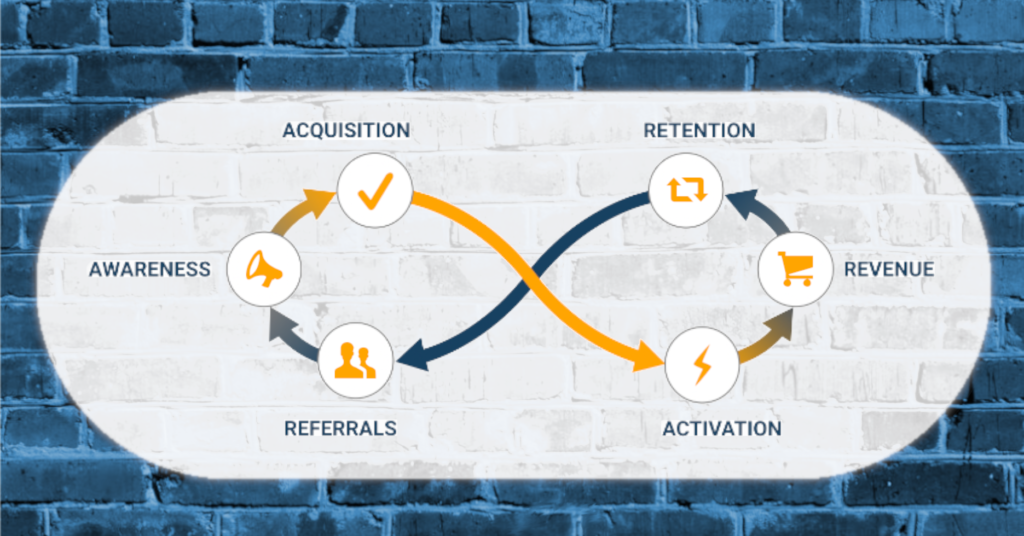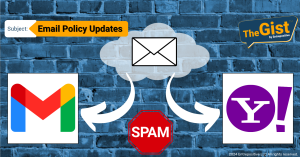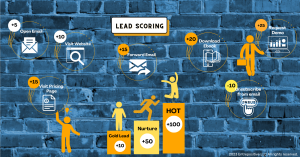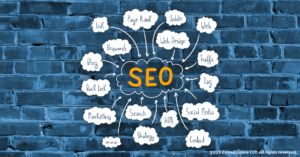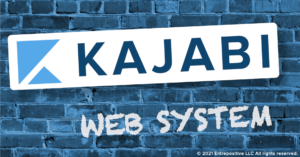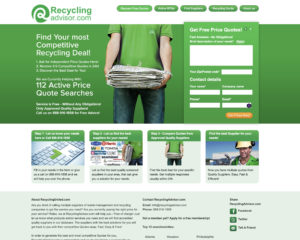In this article we break down the customer lifecycle and explain the phases that make up this framework.
Every successful revenue model needs a framework that all customers, clients or members follow from beginning to end, from brand discovery through purchase and beyond. This framework is known as the customer lifecycle and it’s made up of 6 critical phases.
Five of these six phases were coined by Dave McClure of 500 Startups fame, during his talk at Ignite Seattle. In our framework, we added the preceding phase “Awareness” because many brands need to educate their audiences about why they exist. To learn how the customer lifecycle is put into practice within a business, read the article What is Growth Hacking?
Let’s take a look at the six phases of the customer lifecycle. Feel free to jump ahead.
Jump ahead:
AWARENESS
Brand awareness is all about getting in the mind of new customers, users, audiences, etc. and it includes any necessary education on how your offering can benefit them. Do you have a unique product that’s useful but no one knows about you? You are in the awareness phase. Do you run a YouTube channel and know you could be engaging a 10x larger audience? You need to make more people aware of your content. Important metrics here are the “vanity metrics” like impressions, website visits, and also click-through rate (CTR), and attention minutes.
If this sounds like you, contact us now to build awareness for your brand.
ACQUISITION
In the acquisition phase you are actively seeking to acquire new contacts across relevant channels (eg. social media posting, ad campaigns, email campaigns). Known in some businesses as “leads,” new contact information collected should be relevant to your sales strategy. If you offer a simple product and past customers were happy to buy directly on the website, without speaking to a sales rep on the phone, then new phone numbers might not be relevant. In that case, you likely want to collect email addresses.
Then begins the lead nurturing process.
Multiple points of contact are incredibly valuable, giving you options to strategically tie in your email communications with social media posting, for example. The goal is to bring traffic to your website, online shop or physical shop. Important data to look at here are new leads, new email subscribers, and lead magnet downloads.
For help setting up a lead magnet or sales funnel, contact us now.
ACTIVATION
Activation is the first real interaction the user has with the website. They land on the site and either do something or leave. This is when we want the user to have their “aha! moment” and understand why they really need your offering. And since measuring user activation is unique to your offering, it’s extremely important that you understand your own business model. One company’s user might be activated when they sign up on the website, while another business might measure activation as a small purchase.
In its early days, Facebook measured activation as new users connecting with at least 7 friends within 10 days of signup. Key metrics will vary widely here, depending on your business’s selling strategy and might include freemium or trial signups, specific responses to sales messages, a certain number of page views or time spent on the site, or other conversion metrics unique to your business.
For guidance on improving your activation process, contact us now.
REVENUE
Ah, revenue, the gold of business. While it’s not everything (and losses can sometimes be advantageous) revenue is the fuel that powers the finances of your business. Many of us here in the Entrepositive community are motivated for things beyond money but it’s essential to recognize that business growth depends absolutely on revenue. Phil Libin said (on Tim Ferriss’ podcast, episode #95) that businesses scale according to The Law of 3 and 10 – based on a combination of opportunity and a lack of limitation – and you don’t want revenue to be the limiting factor in your business’s scalability.
A lot of successful revenue strategies are borne of a certain flexibility, understanding that you need to spend money to make money. In the world of marketing, we understand this concept well, but that doesn’t always mean ad campaigns and digital marketing.
Have you ever bought an inkjet printer? If you didn’t get it for free, you probably got it for cheap, maybe as part of a promotional offer. And the manufacturer is happy to give it away because they also sell the ink cartridge that fits that printer.
Other examples like this include electric toothbrush heads and single coffeemaker cups. Measure your revenue by tracking sales revenue, units sold (be it hours worked, number of widgets, etc.), average dollars earned per unit, cost per unit, cost of goods sold (COGS), and make sure you’re at least meeting the break-even revenue level.
To learn more about strategic revenue planning, contact us now.
RETENTION
It’s common knowledge that new customer acquisition costs about five times more than retention. Or in terms of dollars of profit, an existing customer is worth five new customers. So it almost goes without saying that it’s well worth the cost and effort to follow through with customer retention best practice. Positive retention is measured as a higher rate of acquisition than churn rate.
Increasing customer retention rates by 5% increases profits by 25% to 95%.
Frederick Reichheld
Another way of understanding it: It is easier to sell a product to a customer who has already made a purchase and this is mainly because of the level of trust already built. Keep your eyes on these metrics to monitor your retention: acquisition rate, churn rate, customer lifetime value (LTV), and the net promoter score (NPS).
You too can learn to improve your retention and increase profits. Contact us now to find out how.
REFERRALS
When do you ask customers for referrals? After a certain time? After a specific purchase? After you did well by them? How about from step one, the very beginning?
You can probably relate. Do you remember the last time you got interested in something and made a purchase by a friend or associate’s recommendation? As it turns out, that happens every day and plays a huge role in the decisions we make. Most businesses find that more than half of sales come from customer referrals and those referrals do more business than their cold-lead counterparts.
Be on the lookout for metrics like tracked referrals (duh!), social shares, NPS, and survey responses.
We stitch referrals into the very fabric of our clients’ marketing strategies. Contact us now to find out how.

